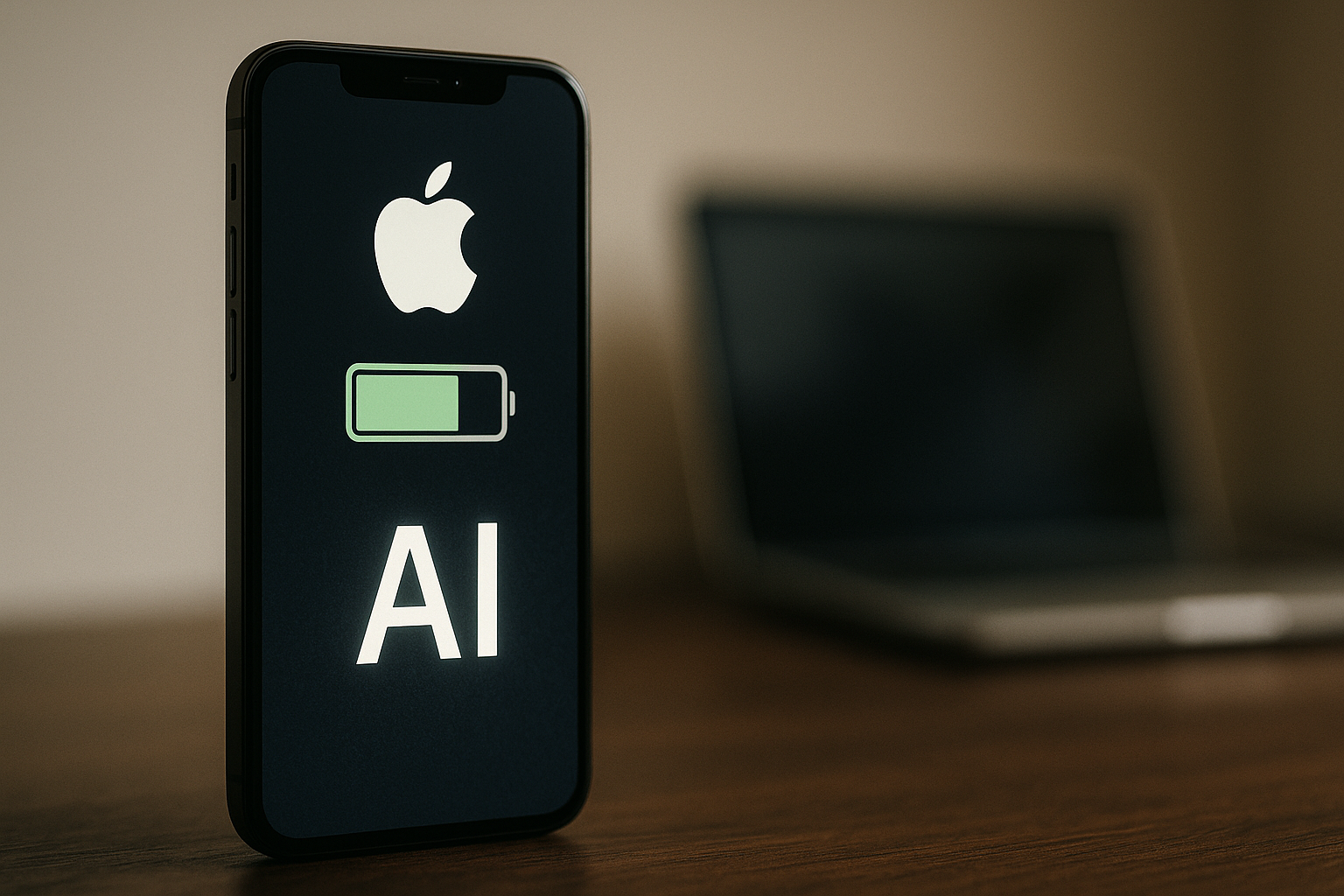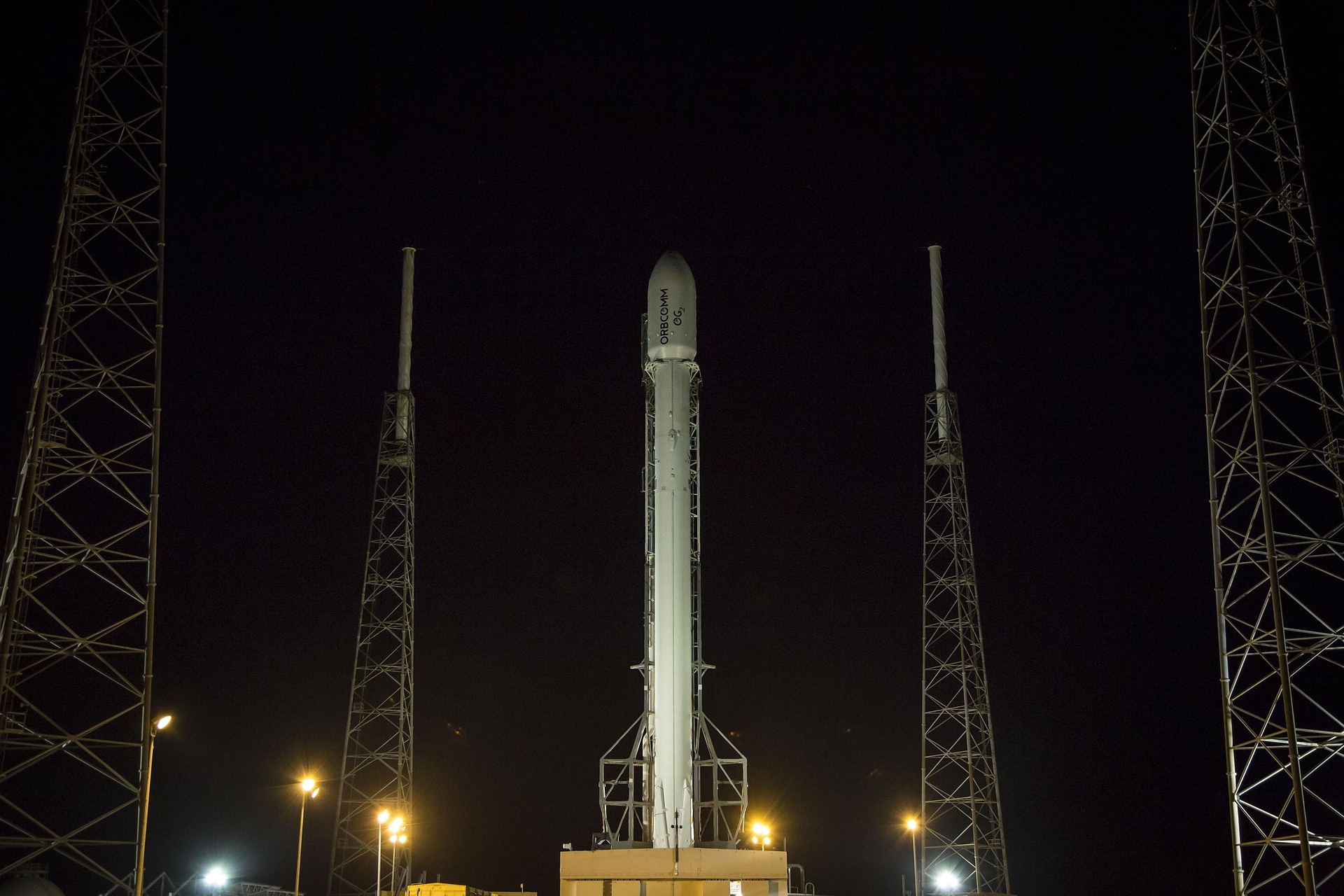The technology sector is undergoing a significant period of restructuring, with major players like Microsoft and Match Group announcing substantial layoffs. These moves come amid a broader push to adapt to rapidly evolving technologies and shifting market demands. Company leaders emphasize that these reductions are not primarily about replacing human workers with AI but reflect strategic decisions to realign resources and focus on future growth areas driven by artificial intelligence.
Microsoft’s restructuring amid AI investment surge
Microsoft revealed plans to cut roughly 6,000 jobs, amounting to about 3% of its global workforce. This announcement accompanies a wider restructuring initiative intended to streamline operations and sharpen the company’s focus on AI-driven innovation. Despite Microsoft’s strong financial health—posting $70.1 billion in revenue and a net profit of $25.8 billion—the firm is channeling substantial investments into AI, expected to reach $80 billion in fiscal year 2025.
The layoffs will affect several parts of the organization, including software engineering and management roles, as Microsoft integrates AI more deeply across its product ecosystem. This shift underscores a balancing act: maintaining operational efficiency while committing to long-term technology bets that define the company’s future direction.
Match group downsizes amid changing market dynamics
Meanwhile, Match Group, which owns popular dating apps such as Tinder and Hinge, announced it would reduce its workforce by 13%, impacting about 325 employees. The decision follows a reported 5% decline in paying users during the first quarter, a trend linked to evolving user behavior and market saturation.
Match Group frames the layoffs as part of a broader cost-cutting and strategic refocusing effort aimed at improving its product portfolio and meeting changing consumer expectations more effectively. The company is navigating a competitive landscape where innovation and user engagement are critical to maintaining its market position.
Broader industry trends and implications
These layoffs reflect a larger trend sweeping the tech industry. In 2025 alone, over 50,000 tech jobs have been cut as companies recalibrate to the growing influence of AI technologies. While some narratives suggest AI is displacing human workers, industry insiders argue that the current wave of workforce reductions is more about reorganizing to better align with emerging priorities.
This period highlights an urgent need for workforce reskilling and adaptability. As companies blend human talent with AI capabilities, the ability of employees to evolve their skill sets will be key to navigating the future job market. Balancing automation with human expertise remains a critical challenge and opportunity.
Looking ahead
The layoffs at Microsoft and Match Group are emblematic of an industry in transition—one where AI adoption is accelerating but human labor remains indispensable. The immediate impact on workers is stark and difficult, but how these shifts will reshape the workforce and industry over the coming years is still unfolding. The evolving relationship between humans and machines will undoubtedly be a defining factor in shaping the tech landscape and the future of work itself.





